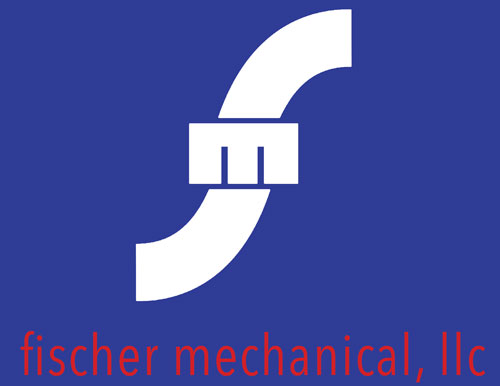Hydraulic and Pneumatic Equipment
Fischer Mechanical installs all the hoses, lines, connections, components, and pipes for all types of hydraulic and pneumatic equipment. We understand the importance of these systems to our customers. Many industrially equipment and tools need compressed air or hydraulic fluid to function.
Hydraulic Equipment:
Hydraulic equipment uses high pressure fluids to accomplish a multitude of machinery operations. A motor or engine drives pumps which pressures the hydraulic fluid. The pressurized fluid is sent through tubes to the machine actuators, which use the fluids pressure to complete their assigned task.
Where Hydraulic Power is used:
Hydraulic power is used to drive a variety of devices in a variety of industries. Most heavy construction equipment is powered by hydraulic power. Equipment such as cranes, lifts, bulldozers, and diggers use gas engines to power hydraulic pumps, which pressurize the hydraulic fluid. In many industrial facilities, hydraulic power is used. Robotic arms, presses, and laths all include hydraulics into their design and operations.
Components of Hydraulic Equipment:
Hydraulic equipment operates with the help of valves, pumps, filters, and actuators. Check valves are used to prevent the backflow of hydraulic fluid; counterbalance valves, which provide flow resistance in specific situations. Hydraulic cylinders, which convert the fluid pressure into mechanical forces. Pump filters clean small debris and particles in the fluid, which could possibly cause a clog. The hoses, tubes and seals must be able to withstand high pressures, which still allow for some flexibility. Hydraulic cylinders, pumps, and power units are designed to be replaced to help keep the system operating. Instrumentation and switches are added to help gain more control and understanding of the hydraulic system.
Pneumatic Equipment:
Pneumatics is a branch of mechanics that uses compressed air or pressurized gas to produce mechanical motion for tools and equipment.
Pneumatic equipment consists of several different components. All of these components are required for pneumatic equipment to function. The basic components of a pneumatic system are the air compressor, hoses, pipes, and the tools.
Pneumatic air compressors are the main component of a pneumatic air system. The compressors create the compressed air that is used to create the mechanical action. A booster is used to create a boost of air which will provide increased power. Vacuum pumps are used to eliminate moisture from lines and air conditioning systems. Pneumatic systems should have a way of monitoring and filtering the air regularly in order to ensure proper operations and efficiency. To maintain a system in good working condition it is important to use proper air regulators and air filters. Pressure gages are important to measure the pressure and flow reading in pneumatic systems. The proper gages from the designated systems is important because incorrect gauges could give inaccurate readings.
Pneumatic equipment and technology is useful in material handling, robotics, medical science, entertainment and many other industries. Pneumatic tubes are used to carry items long distance. Air brakes for trucks and buses, exercise machines, pressure regulators and sensors, pipe organs, chairs, vacuum pumps, pneumatic tires, and power tools all use pneumatic technology.


